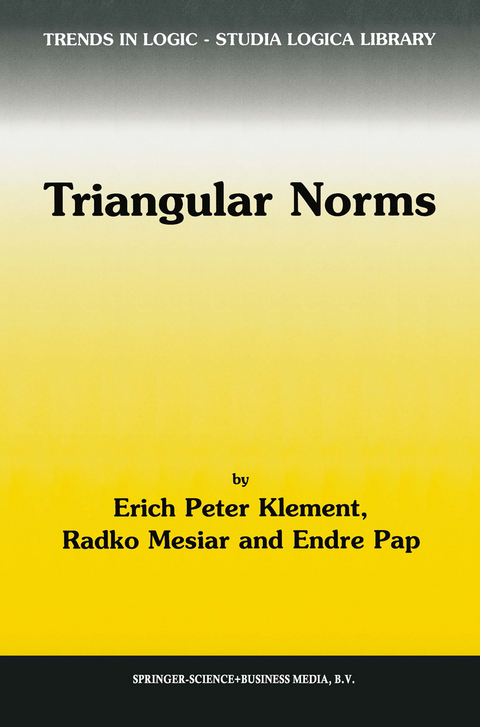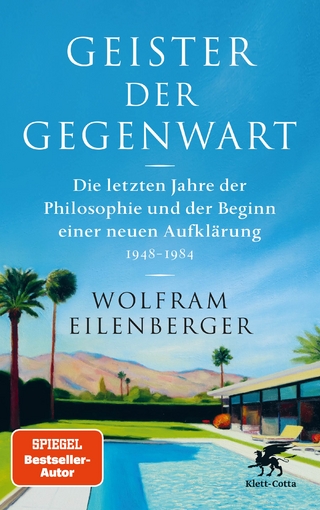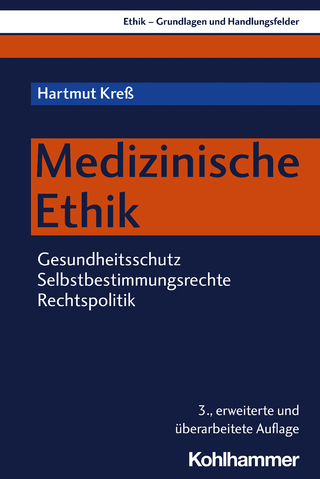
Triangular Norms
Springer (Verlag)
978-90-481-5507-1 (ISBN)
I.- 1. Basic definitions and properties.- 2. Algebraic aspects.- 3. Construction of t-norms.- 4. Families of t-norms.- 5. Representations of t-norms.- 6. Comparison of t-norms.- 7. Values and discretization of t-norms.- 8. Convergence of t-norms.- II.- 9. Distribution functions.- 10. Aggregation operators.- 11. Many-valued logics.- 12. Fuzzy set theory.- 13. Applications of fuzzy logic and fuzzy sets.- 14. Generalized measures and integrals.- A. Families of t-norms.- A.1 Aczél-Alsina t-norms.- A.2 Dombi t-norms.- A.3 Frank t-norms.- A.4 Hamacher t-norms.- A.5 Mayor-Torrens t-norms.- A.6 Schweizer-Sklar t-norms.- A.7 Sugeno-Weber t-norms.- A.8 Yager t-norms.- B. Additional t-norms.- B.1 Krause t-norm.- B.2 A family of incomparable t-norms.- Reference material.- List of Figures.- List of Tables.- List of Mathematical Symbols.
| Erscheint lt. Verlag | 7.12.2010 |
|---|---|
| Reihe/Serie | Trends in Logic ; 8 |
| Zusatzinfo | XIX, 387 p. |
| Verlagsort | Dordrecht |
| Sprache | englisch |
| Maße | 155 x 235 mm |
| Themenwelt | Geisteswissenschaften ► Philosophie ► Allgemeines / Lexika |
| Geisteswissenschaften ► Philosophie ► Logik | |
| Mathematik / Informatik ► Mathematik ► Allgemeines / Lexika | |
| Mathematik / Informatik ► Mathematik ► Algebra | |
| Mathematik / Informatik ► Mathematik ► Logik / Mengenlehre | |
| ISBN-10 | 90-481-5507-X / 904815507X |
| ISBN-13 | 978-90-481-5507-1 / 9789048155071 |
| Zustand | Neuware |
| Informationen gemäß Produktsicherheitsverordnung (GPSR) | |
| Haben Sie eine Frage zum Produkt? |
aus dem Bereich


